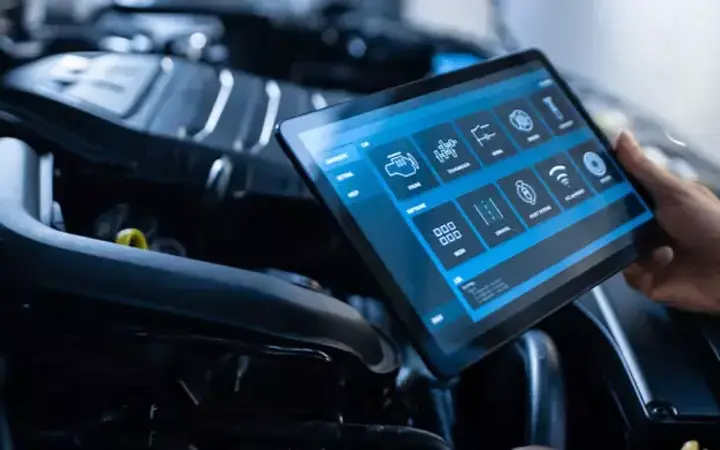Global chip shortages — why software-defined vehicles are both the problem and solution
Terence Broderick

Recently, the automotive industry news has been dominated by the global shortage of semiconductor chips, as the supply chain struggles to keep pace with increasing demand from OEMs. While this issue has been exacerbated by the proliferation of the software-defined vehicle, new software-enabled solutions could be set to make chip shortages a problem of the past.
Growing demand for chips and hardware
With OEMs using increasing numbers of chips on their vehicles, it’s no surprise that the automotive sector has been hit hard by global chip shortages. Chips are responsible for all kinds of functions, from engine management to heated seats and everything in between. The recent chip shortages have led to significant manufacturing backlogs, with OEMs unable to satisfy demand for their vehicles.
This has been exacerbated by the proliferation of the software-defined vehicle (SDV) — a vehicle whose features and functions are primarily enabled through software. A premium vehicle today can use as many as 150 million lines of code to process data received from an ever-growing array of sensors, cameras and other data inputs. With mass market vehicles not far behind, the demand for hardware — and the chips which provide the required processing capability — is increasing exponentially.
Unfortunately, there isn’t much flexibility in the types of chip that can be used in vehicles. Often, software is coded for a specific chip, rendering it impossible to change to something different during periods of supply chain issues.
New automotive software platform
Finnish software developer Basemark recently developed an automotive software platform that isn’t limited to a single hardware implementation. Achieved by using a hardware-agnostic library to build the individual pieces of software, this enables vehicles to easily switch between hardware implementations, meaning that the shortage of a specific chip is less problematic. Therefore, the modules used to build the code can be compiled and run on a much wider range of chipsets.
The increased reliance on software and deployment of over-the-air update technology also means that lead times to update a vehicle’s functionality can be substantially reduced. Software updates can be developed (and deployed) much more quickly than a new chip. This is useful in the event of a suspected cyber-attack, for instance, where a patch is needed to address a software vulnerability.
Patenting software developments
While patents and software aren’t traditionally the best of friends, software developments that address hardware limitations should overcome the traditional hurdle of patentability by providing a benefit at the architectural level of the vehicle.
If these developments remove the dependence of vehicles on specific hardware, then chip supply chain issues — while they may still rear their head — will be far less problematic for the automotive industry.
If you’re innovating in software-defined vehicles, get in touch with me for a free initial chat about your technology.






